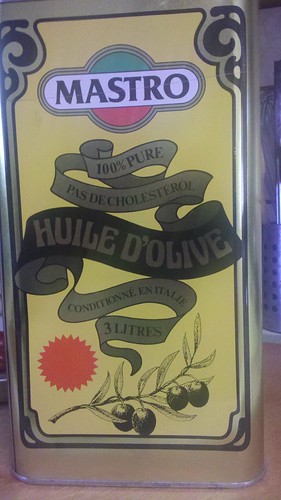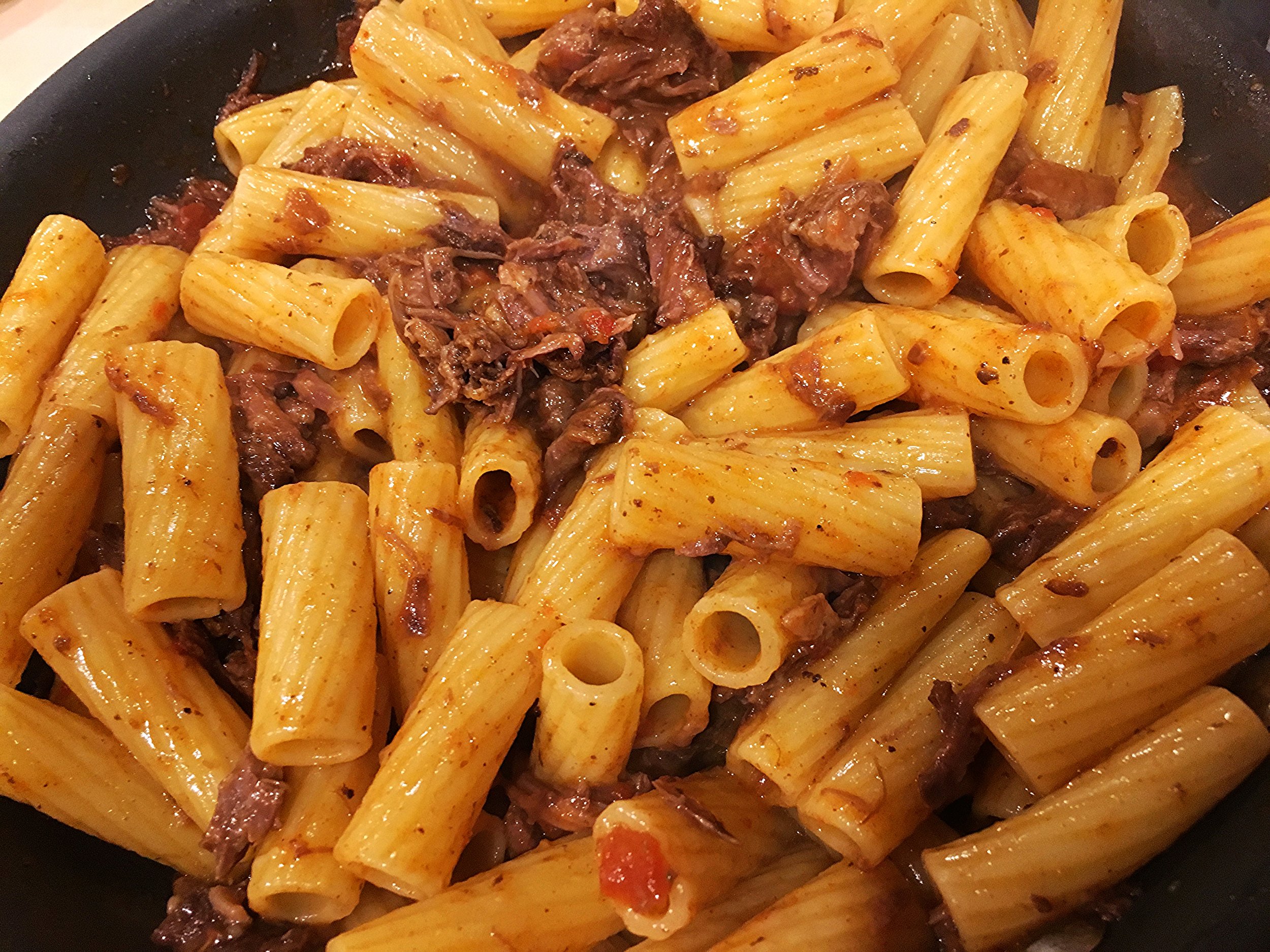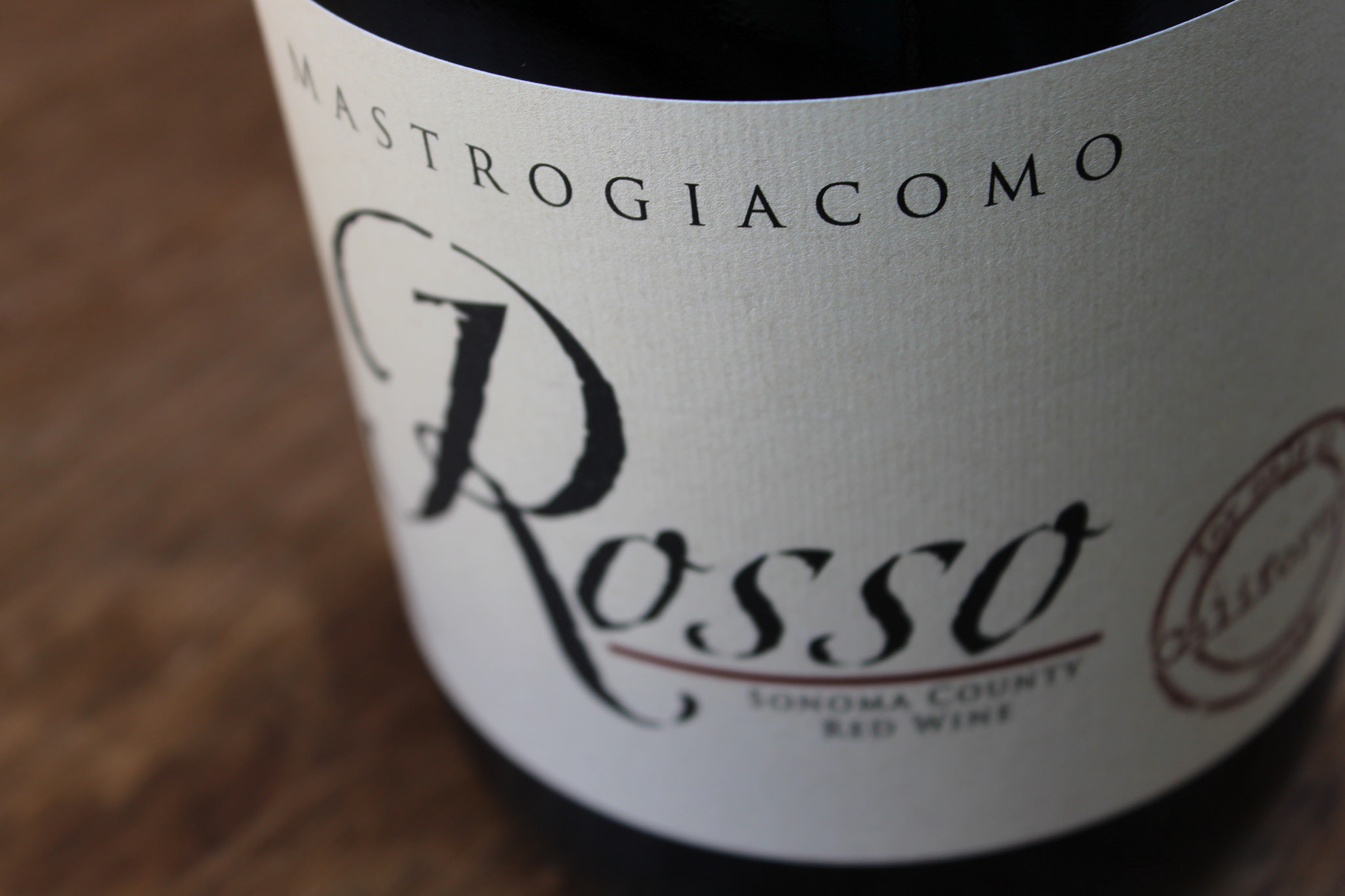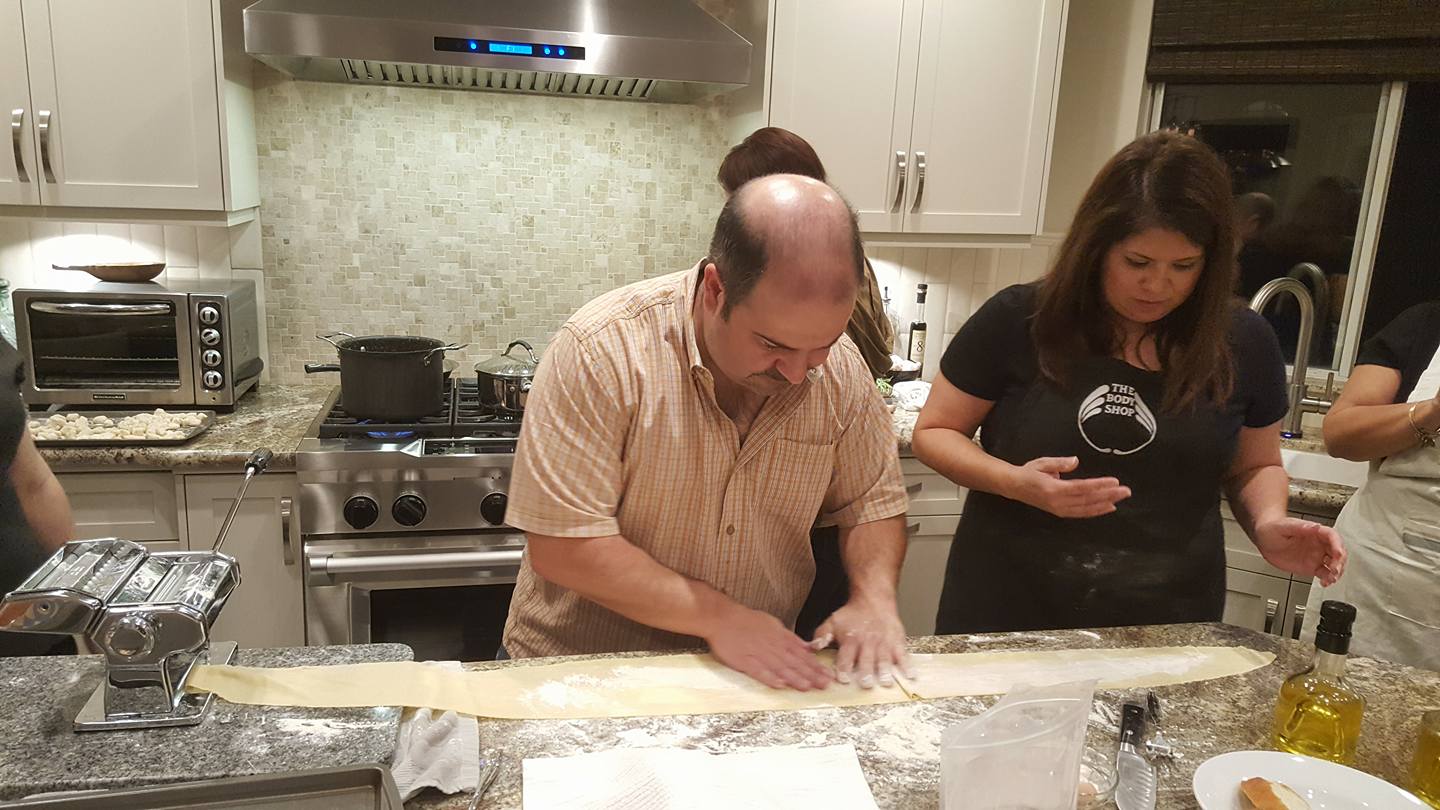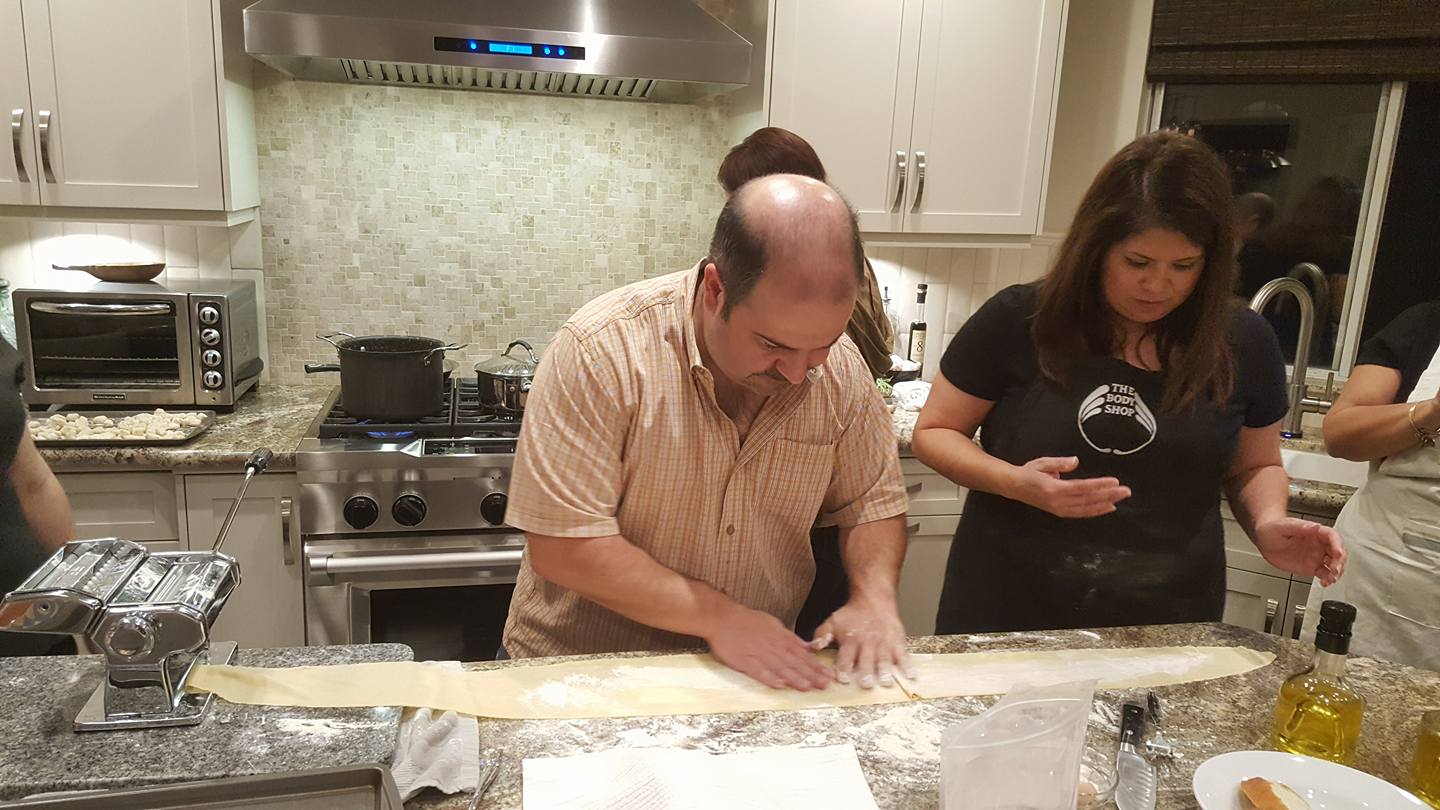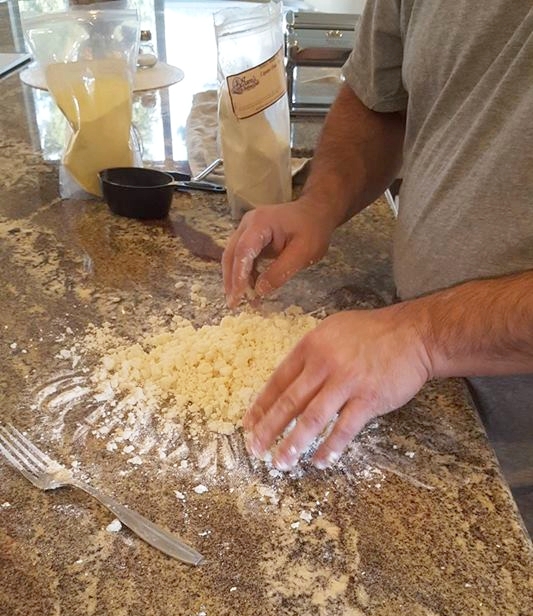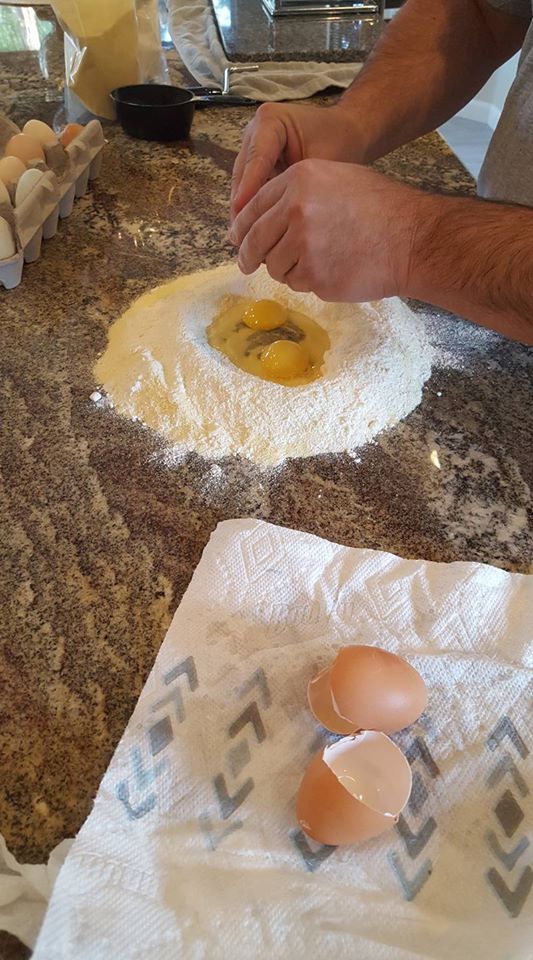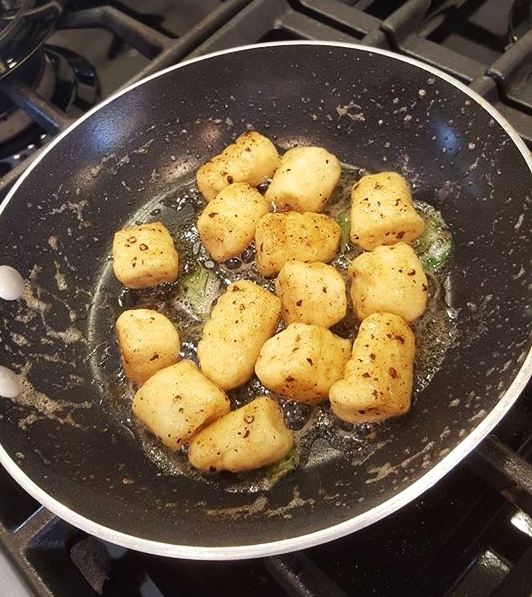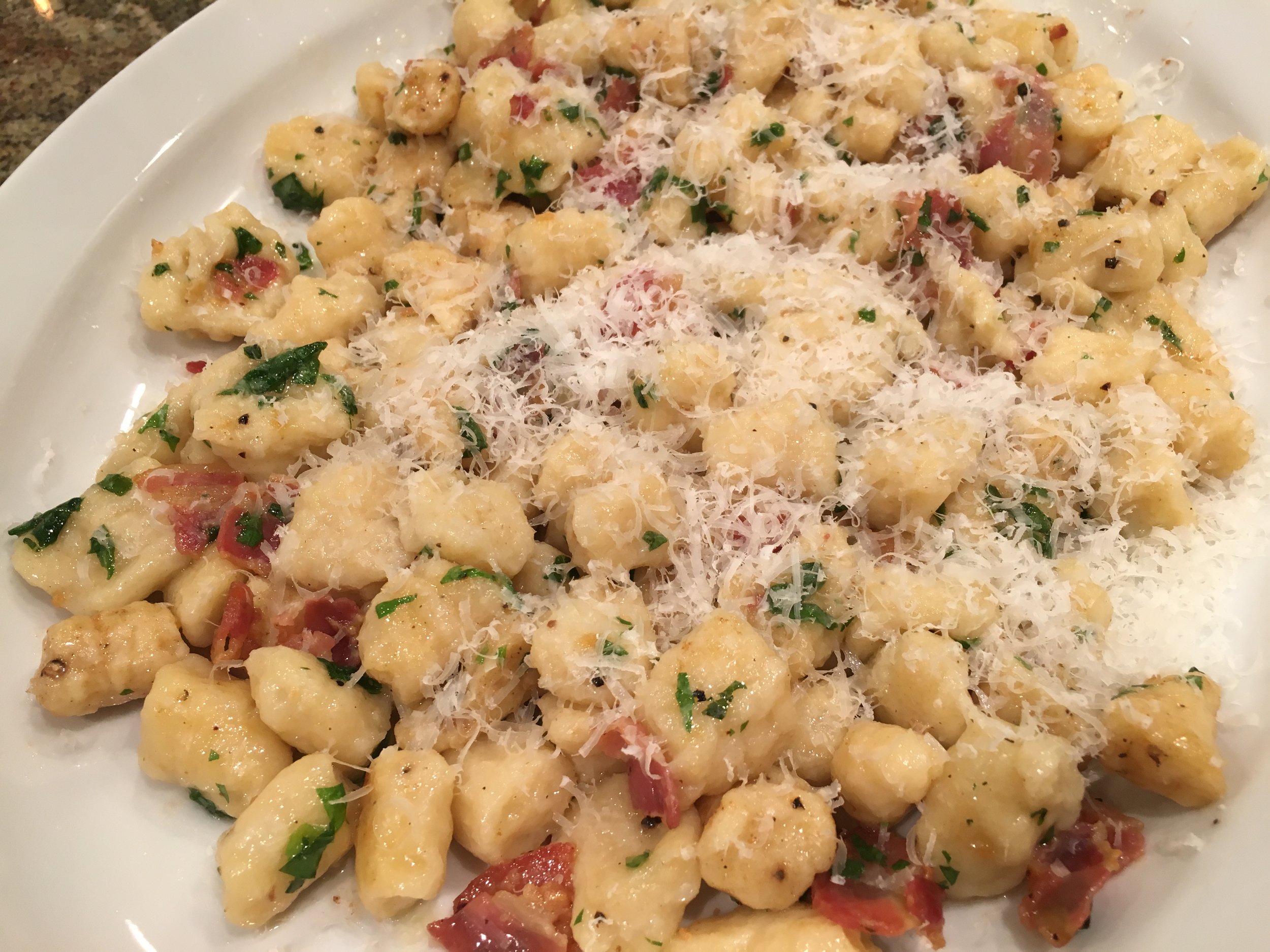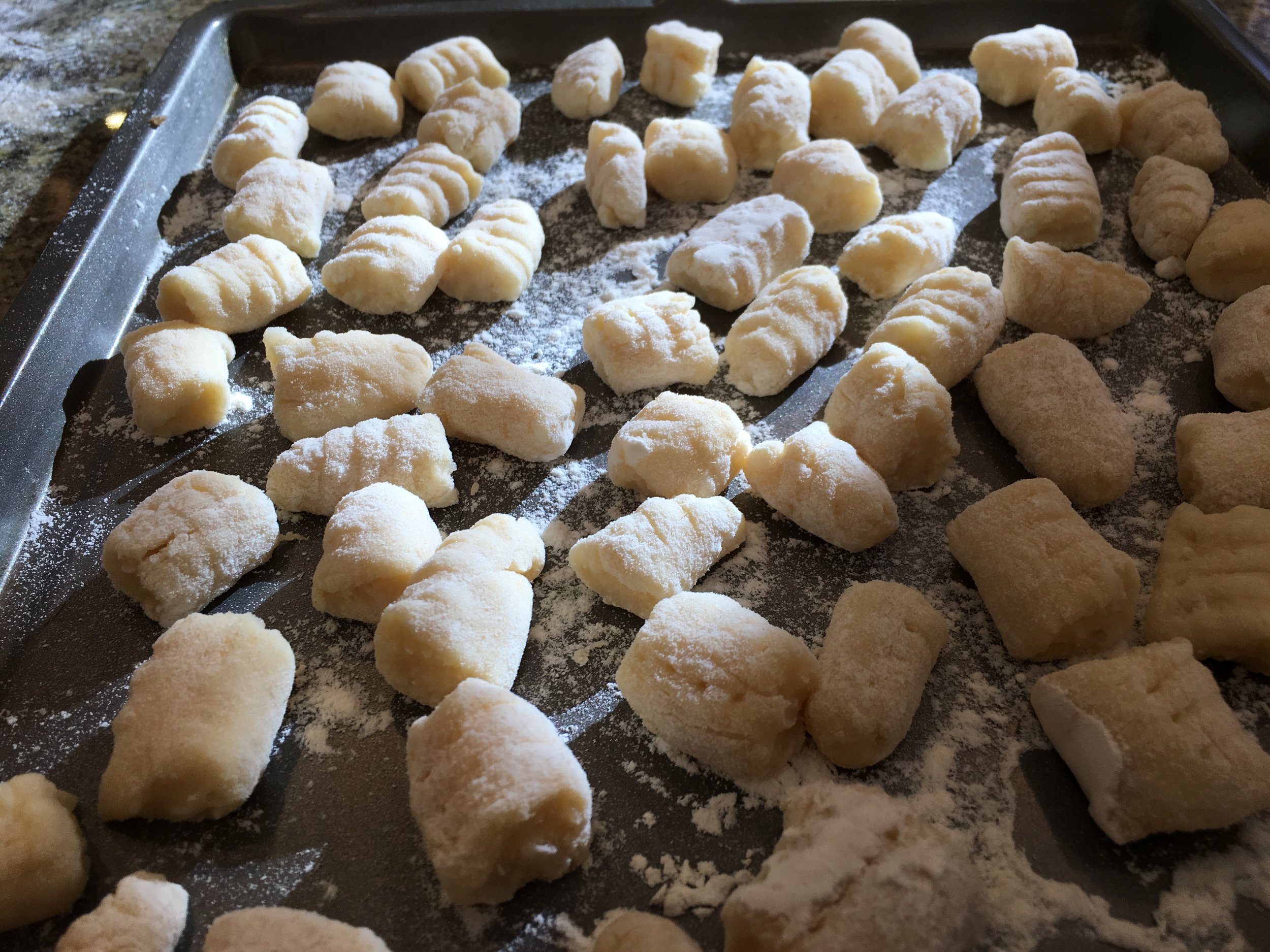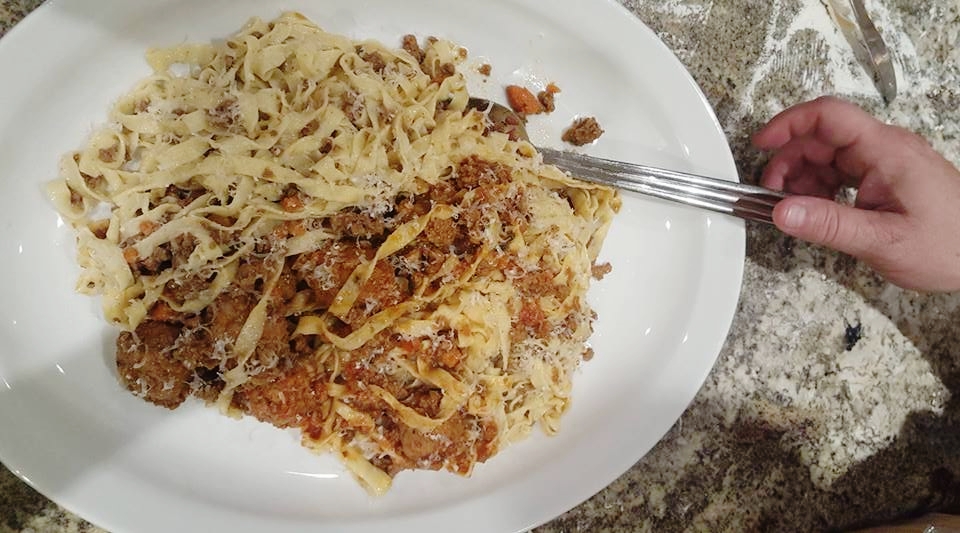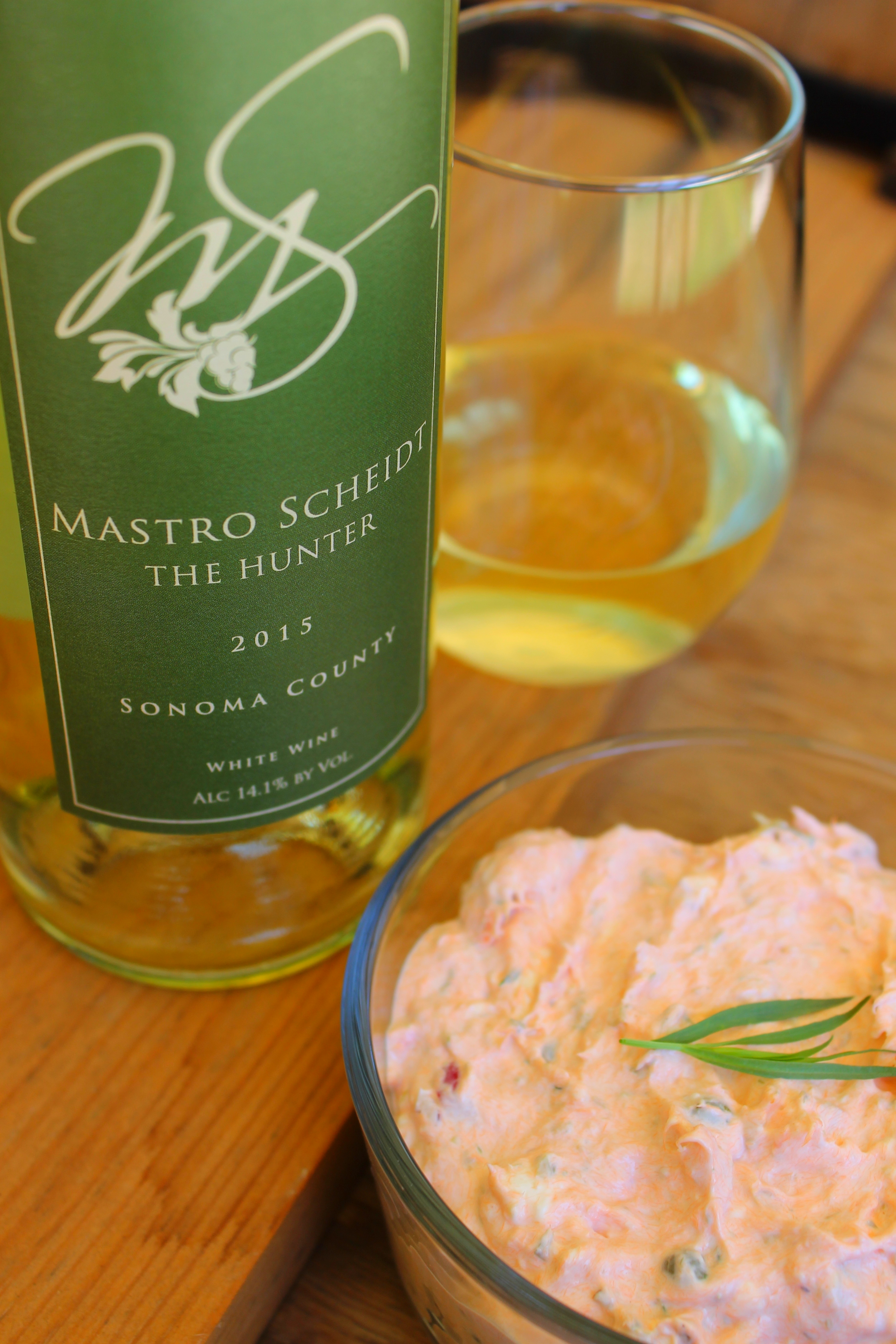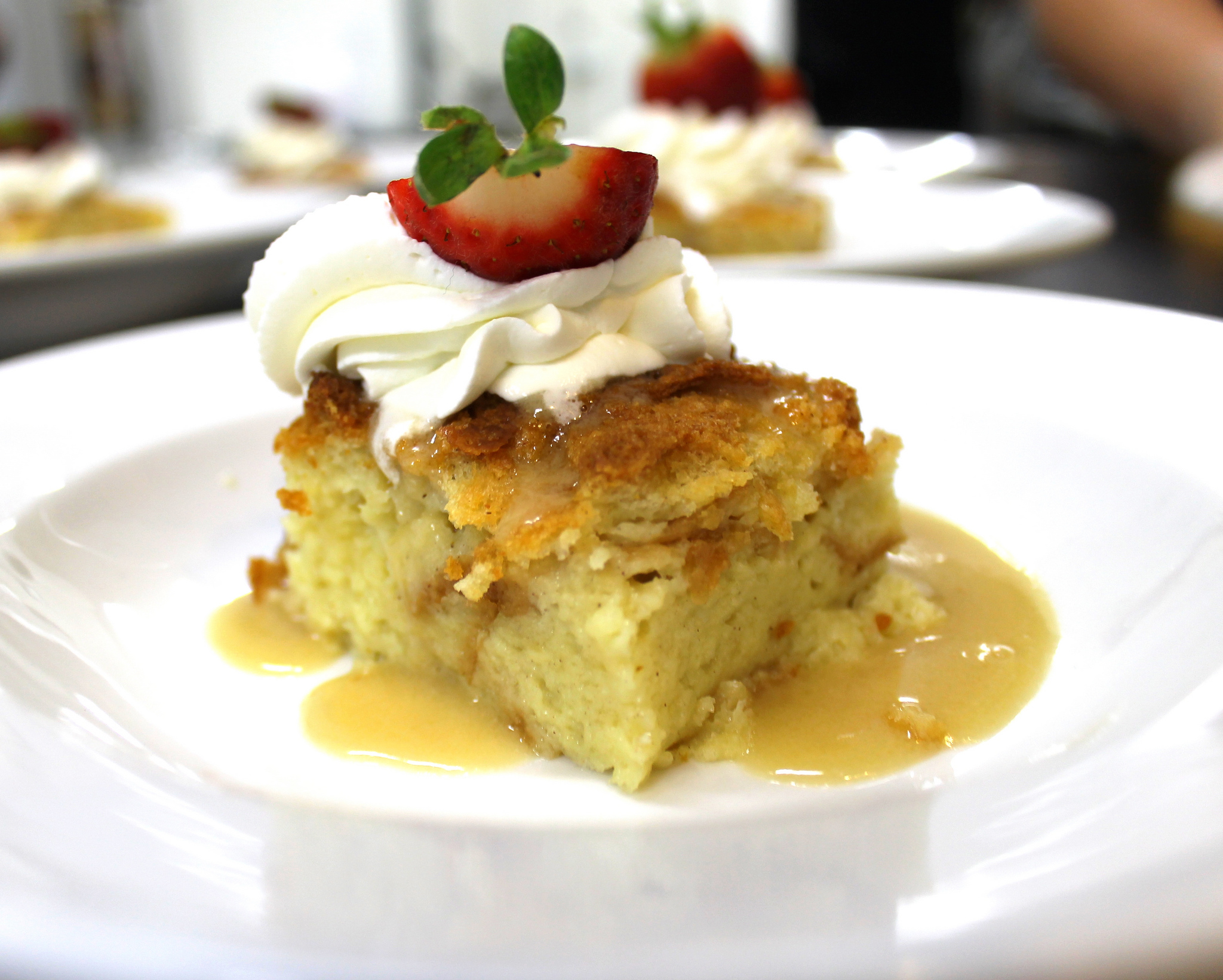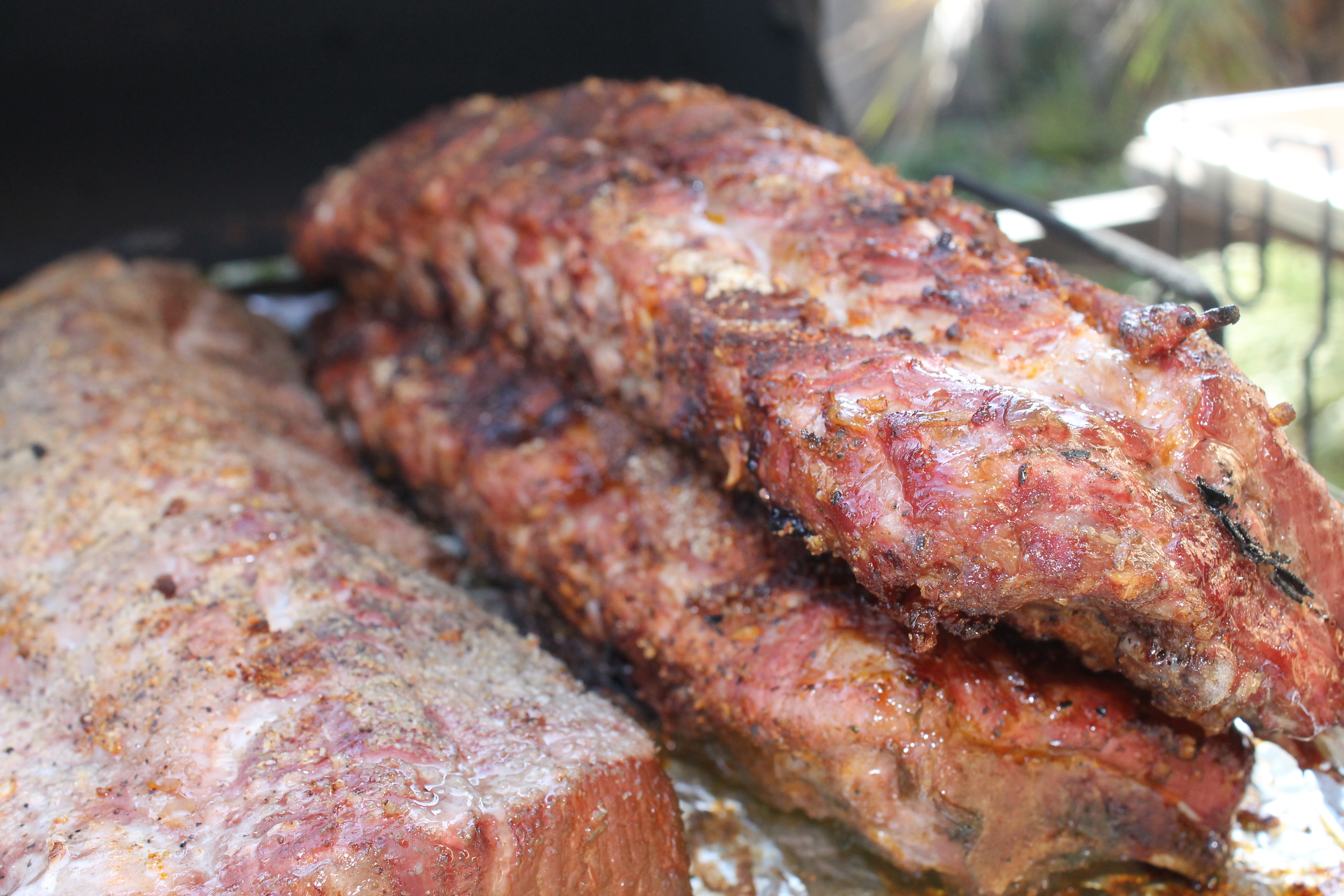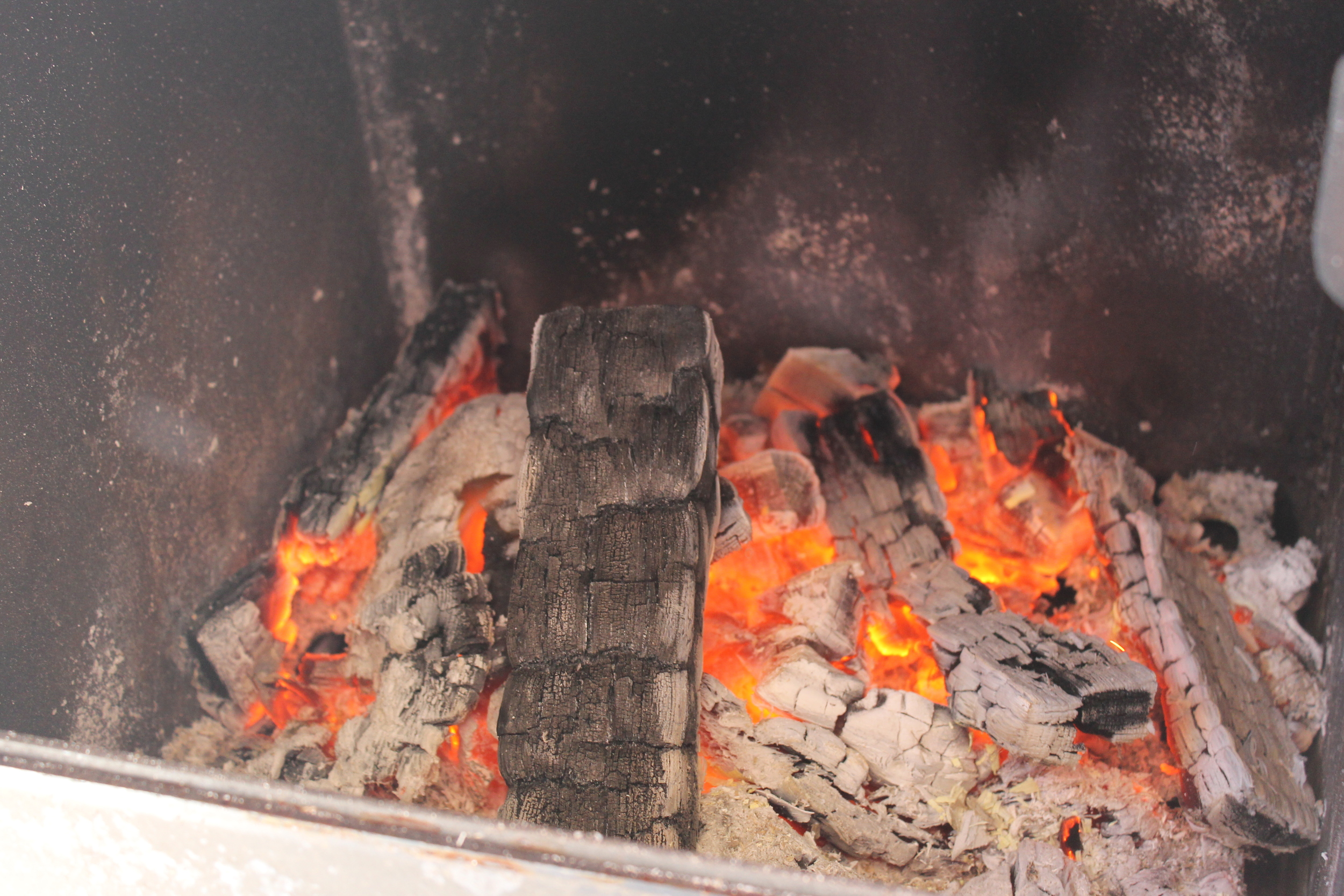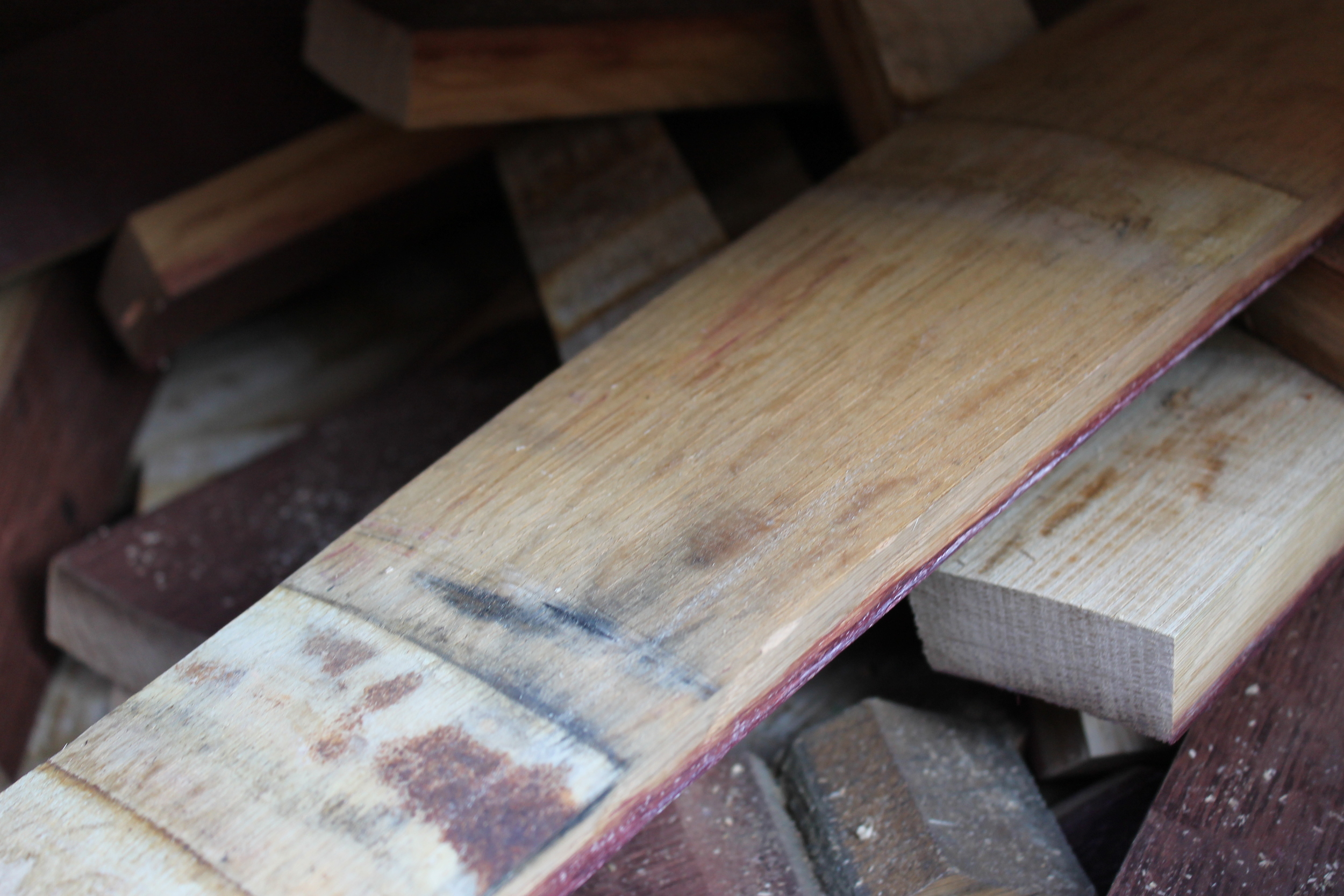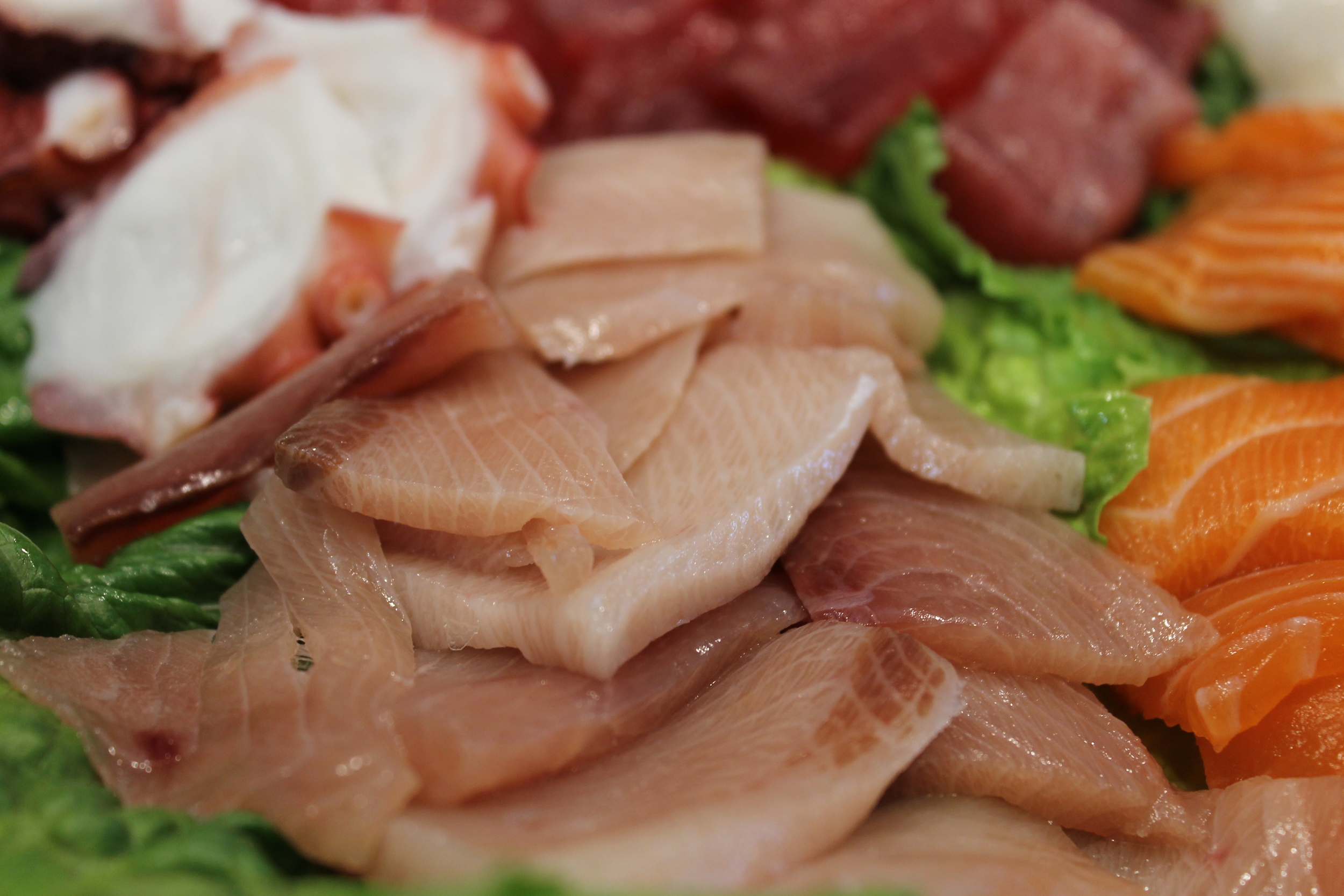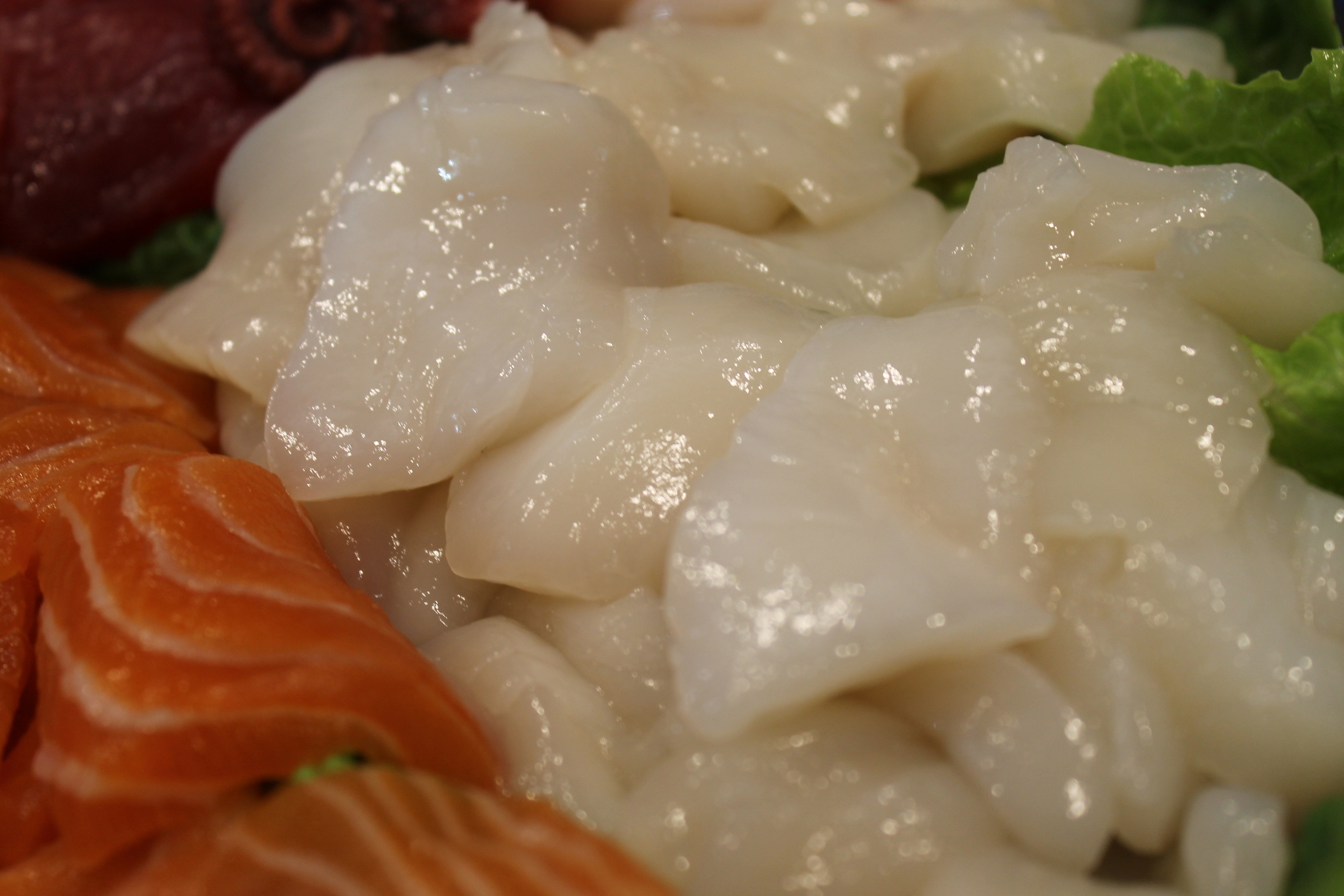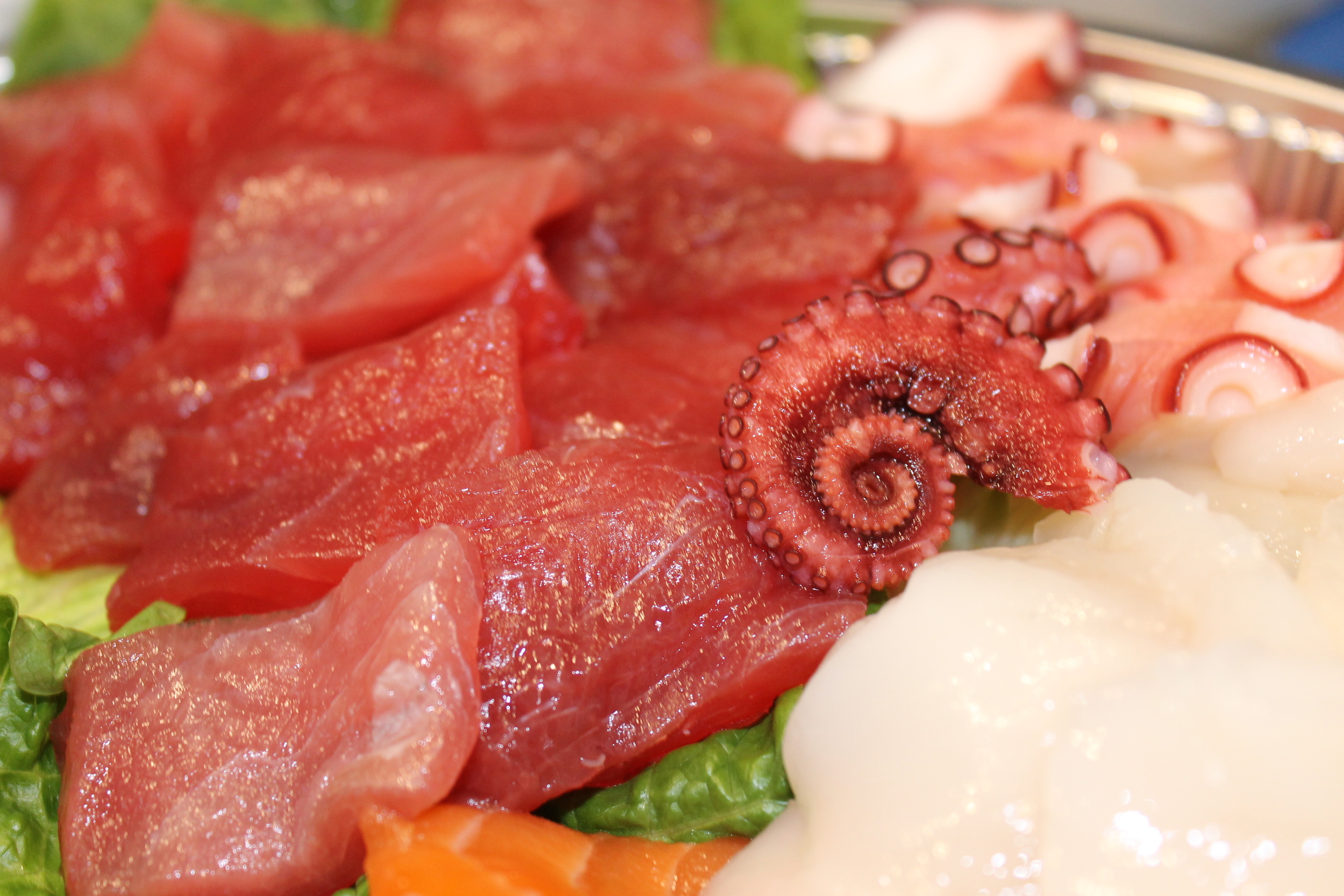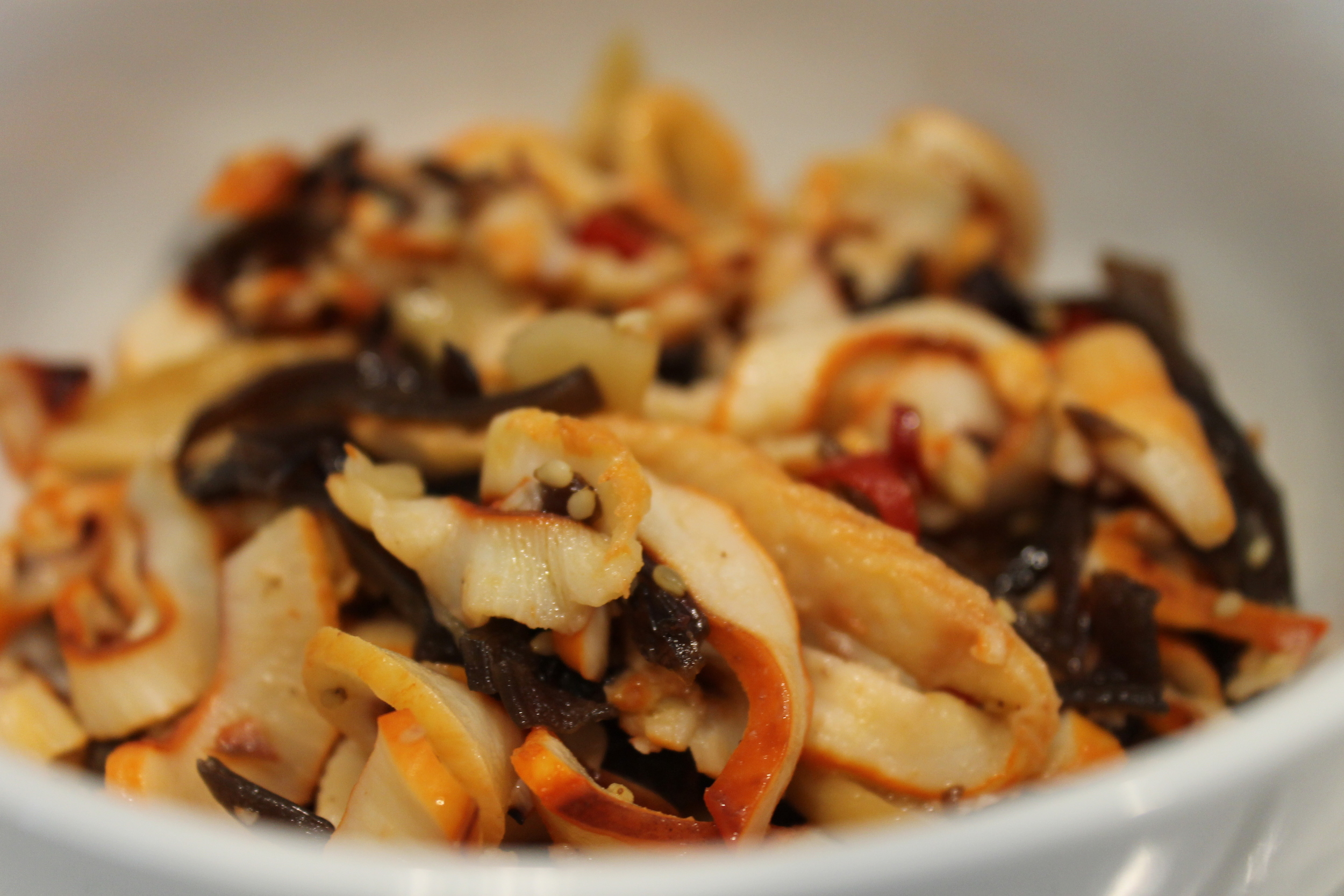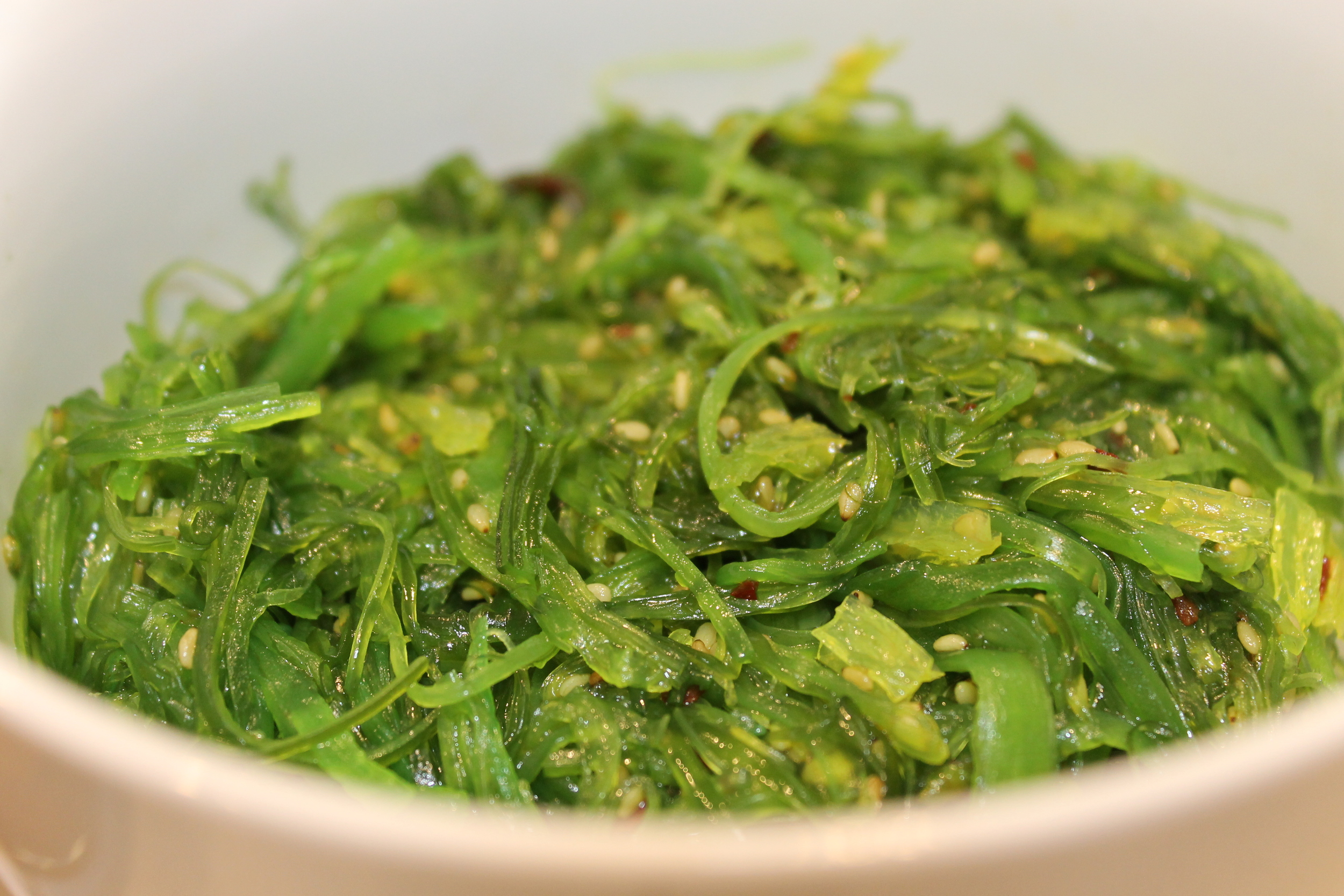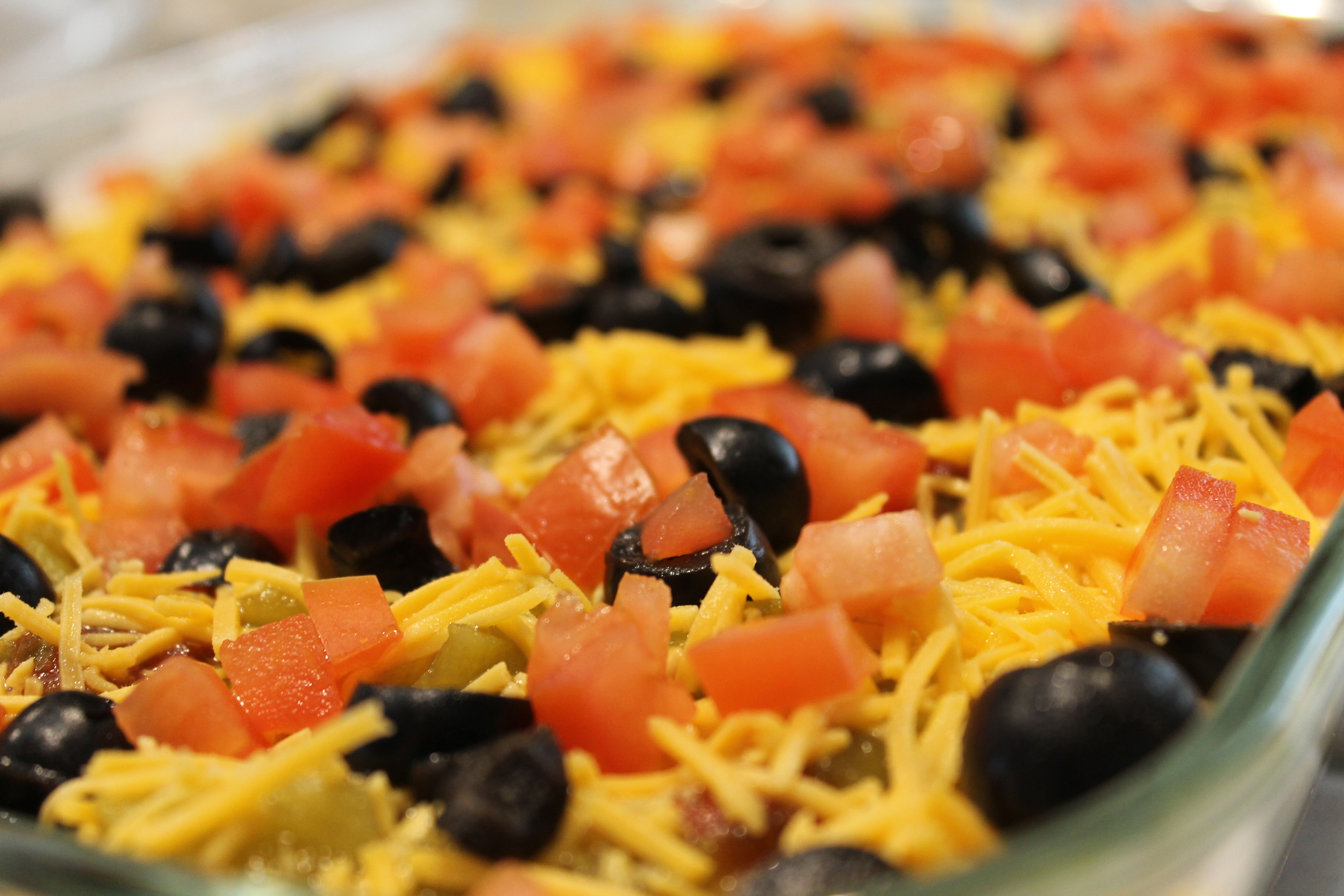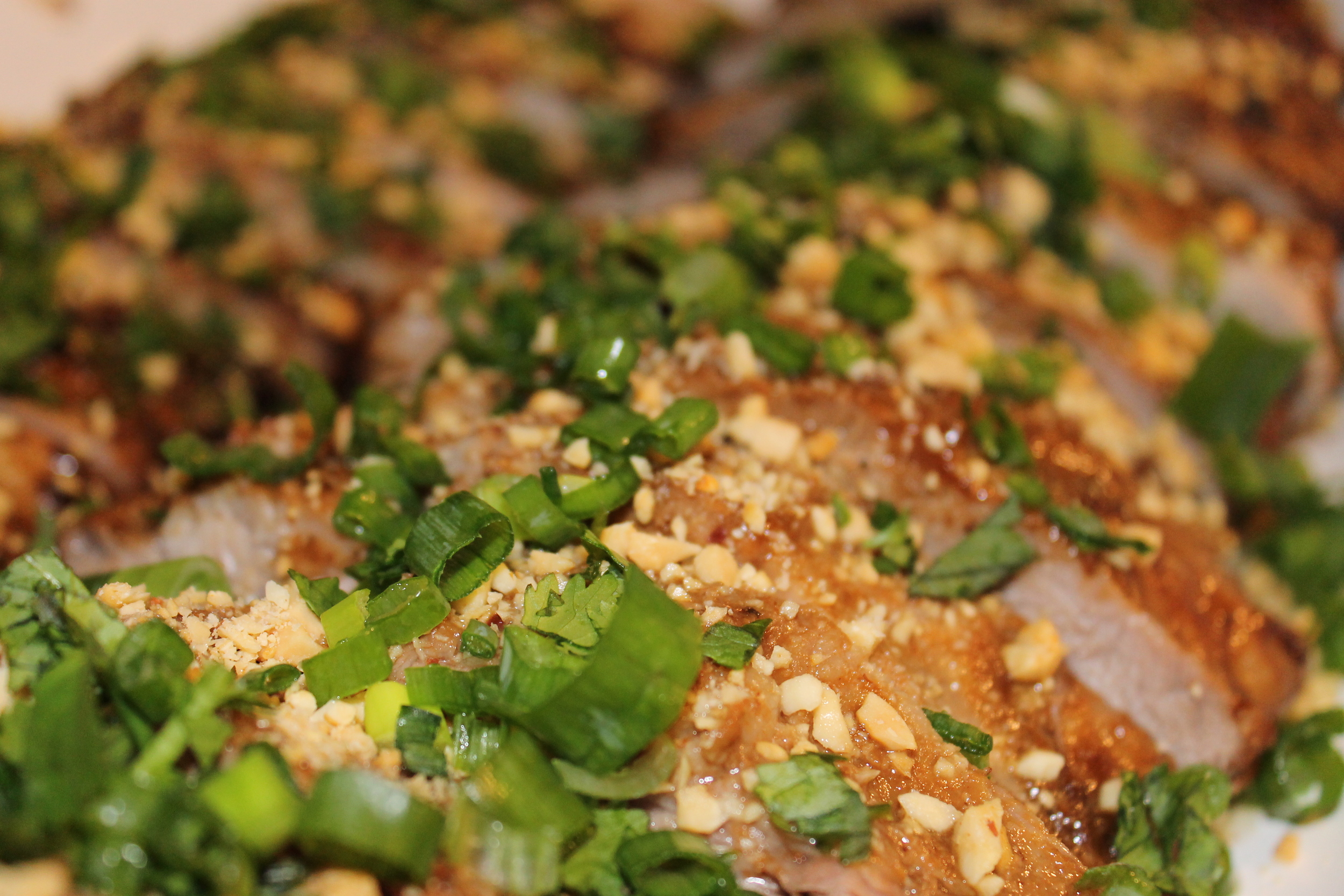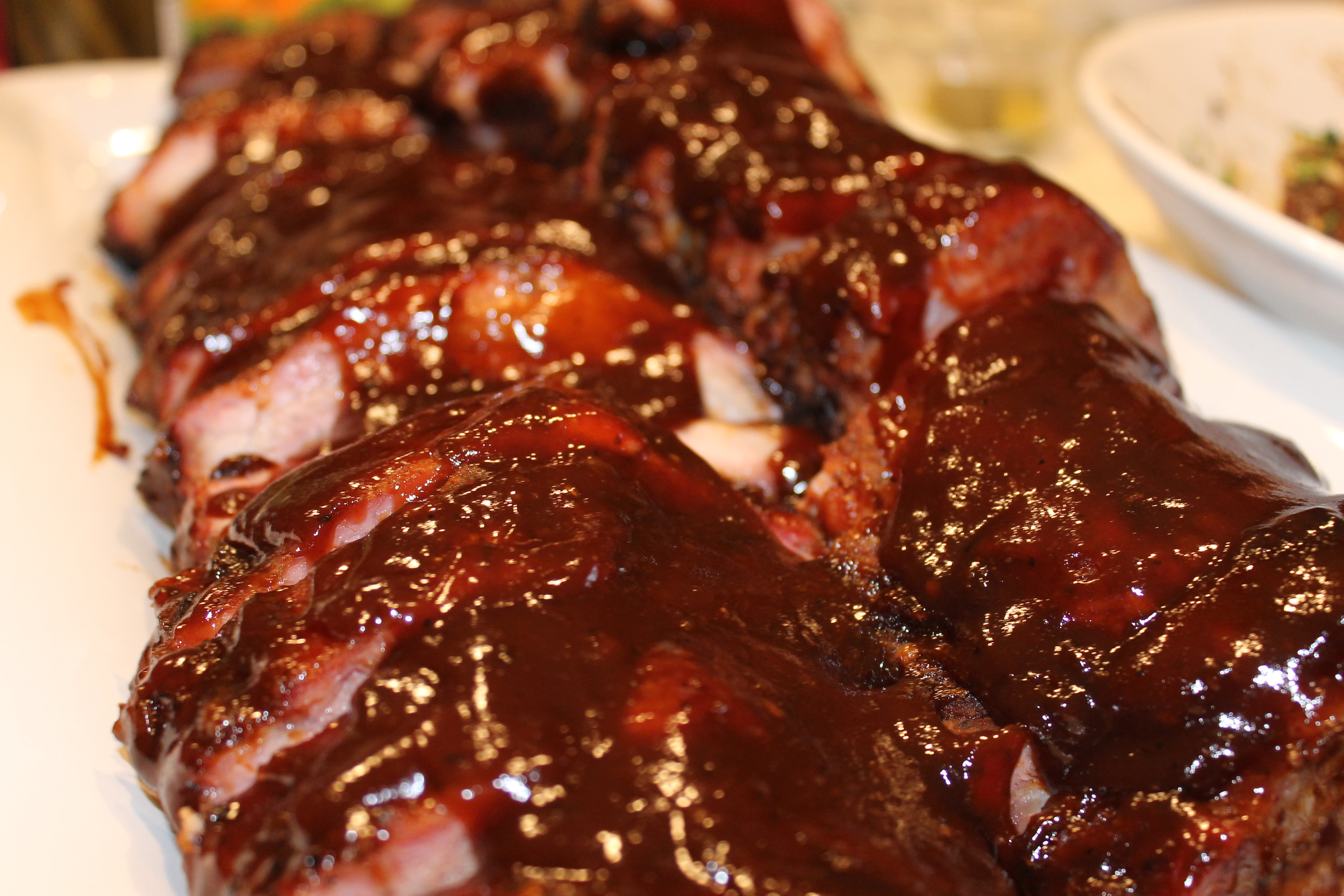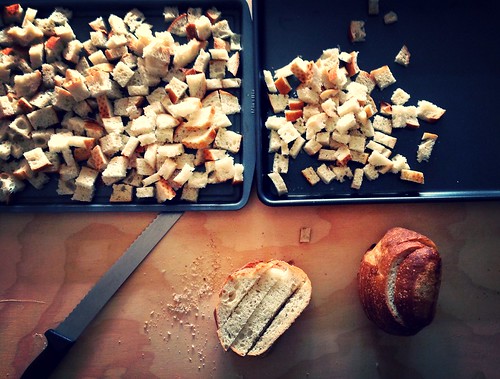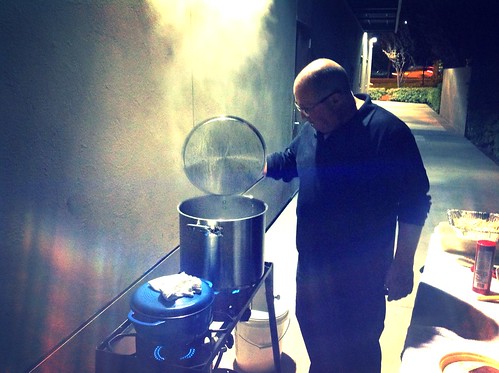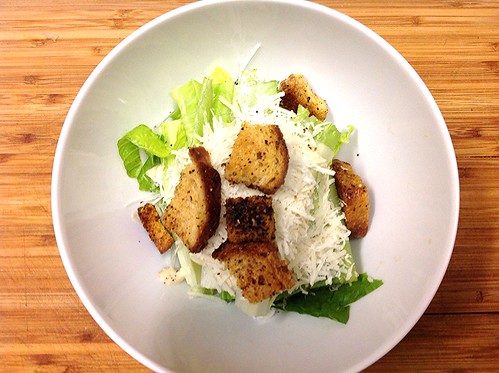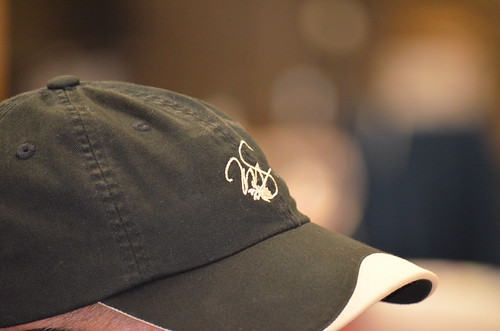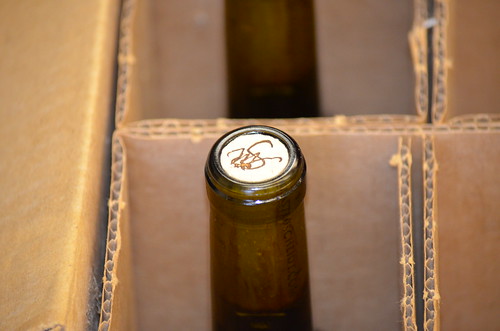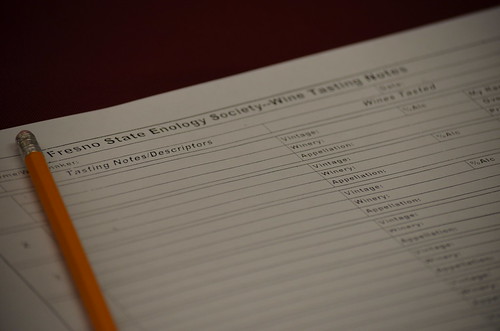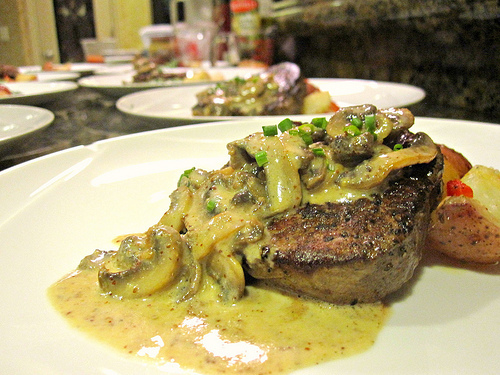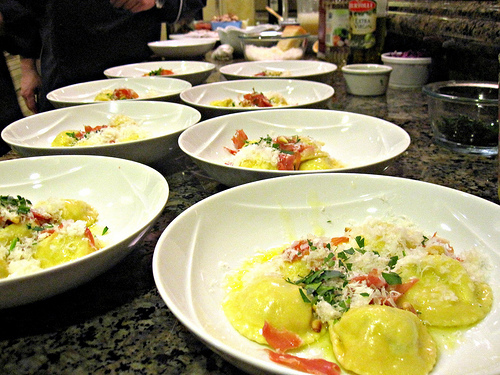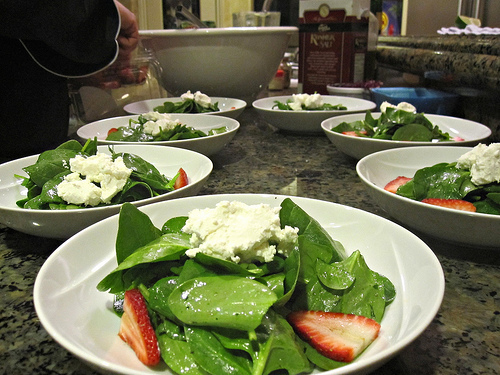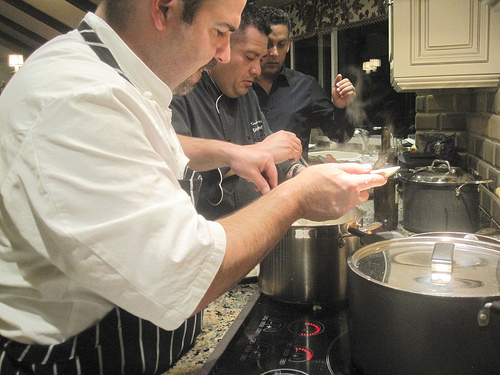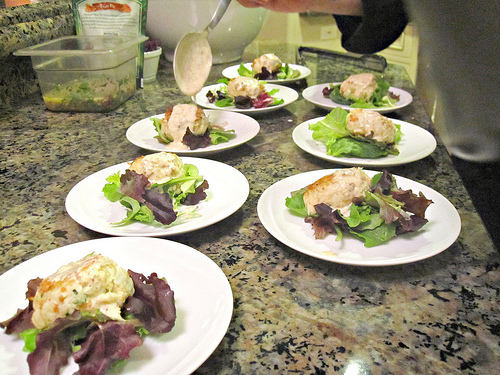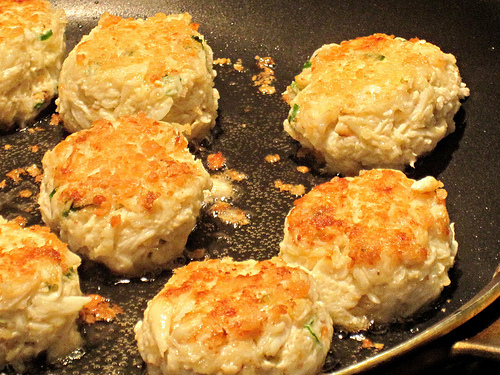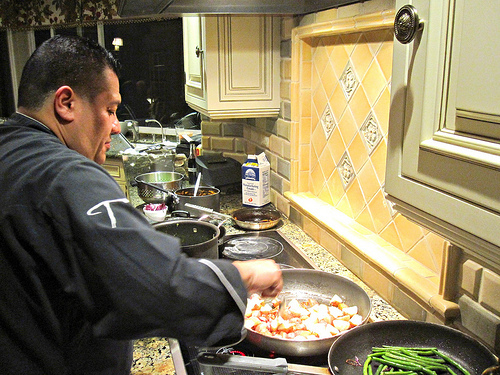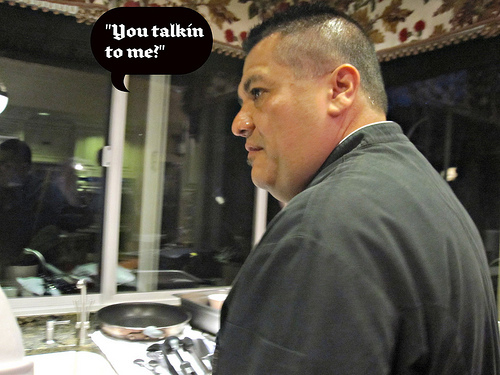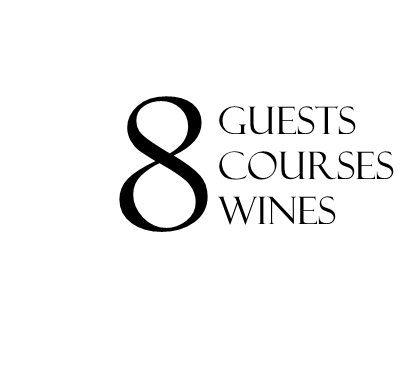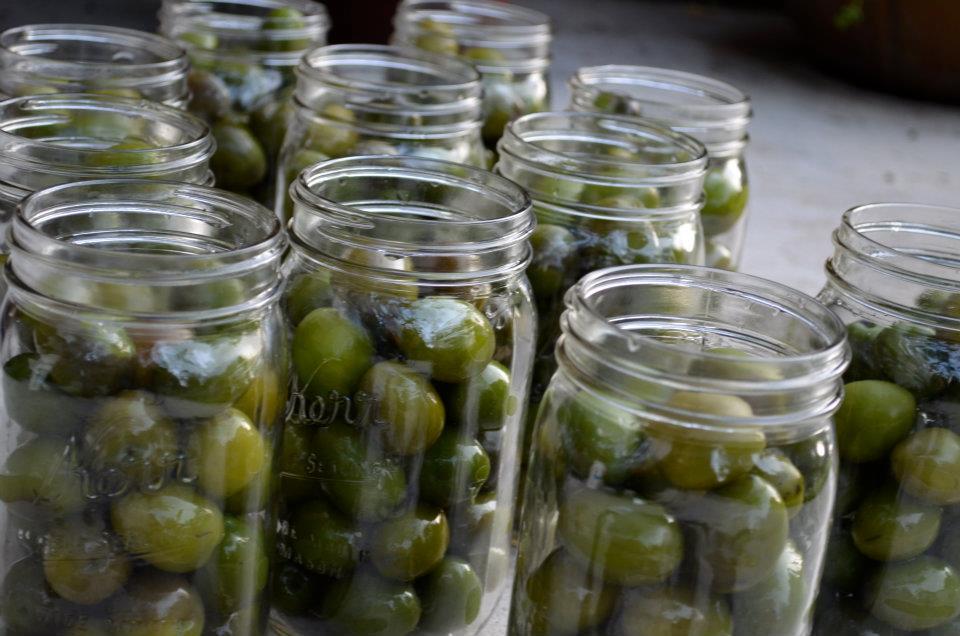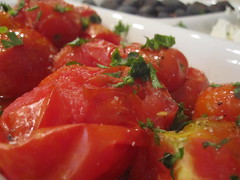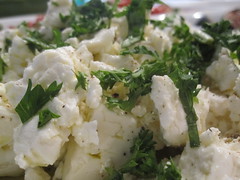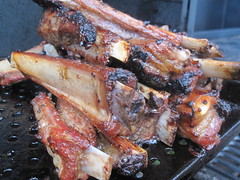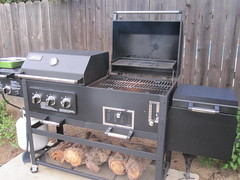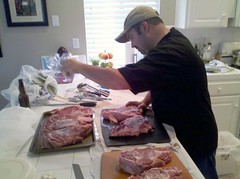From deeply flavored beef cheek ravioli to tuna conserva salad with strong red wine vinegar (we make our own vinegar) to an olive oil cake, we put the Ricchiuti Enzo olive oil through its paces in the Mastro Scheidt kitchens. I purchased my Enzo Olive Oil from Sam's Deli in Fresno. Thanks Nick for carrying the product.

The beef cheeks were one of the first dishes I made with the Enzo. Beef cheeks have a lot of flavor and I seasoned them with probably 30 fresh sage leaves and a full fist of fresh thyme. While I didn’t add any olive oil to the searing process before braising, I used grapeseed oil, I did finish my beef cheek stuffed ravioli with a drizzle of fresh, uncooked Enzo oil. The results were solid. The flavor of the oil is still present and not simply masked as background fat. Part of that result is from not overstuffing the ravioli with meat, but rather allowing the pasta dough to show through and adding olive oil and fresh grana as condiments or complements to the dish. (Pictured:Beef cheek before being stuffed into pasta)

In a dish that is more reliant upon the flavor of the oil, the tuna and white bean salad with pickled red onions, the flavor of the oil needs to be more pronounced and the Enzo shows through with a slightly peppery back palate. The Enzo helped round out the dish, bringing the flavors together. As I did not pepper the dish, I expected the Enzo to give me the black pepper finish, that "bite" one expects from fresh press, extra virgin olive oil. I believe proper cooking is about balance, not a singular, over-the-top flavor showing through. Although parmigiano reggiano by itself is pretty damn good.
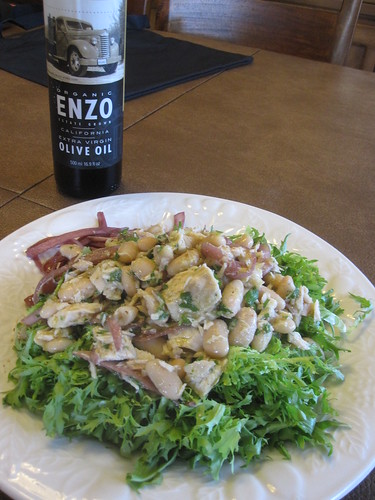
A third test was the use of the Enzo in an olive oil cake. I’ve never made olive oil cake before; I’m not a huge baker. However, olive oil cake was pretty straightforward. As long as baking reminds me that making cornbread is technically baking, I can usually handle it. I did have a couple aces up my sleeve, my special Vero Lucaro baking flour and Ventura Limoncello.
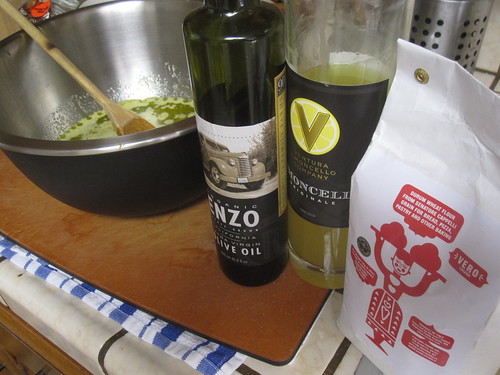
I used over ¾ cup of olive oil for the recipe. I’m a regular butter user, rather than olive oil so I was a bit worried about the outcome honestly. So rather than eat an entire olive oil cake by myself, I brought it over to my aunt’s house, where my mother, grandmother, and great-aunt could also try the cake. The cake went over as a big success.
I know, I know, having your 100% Italian mother and relatives judge a food product is like stacking the deck. I can assure you that if the product wasn’t prepared right, I would have heard things like, “this is nice Dave”. Since I didn’t hear any talking, only eating and my aunt making more coffee to eat with this sweet olive oil cake, I figured I’d cooked it properly.
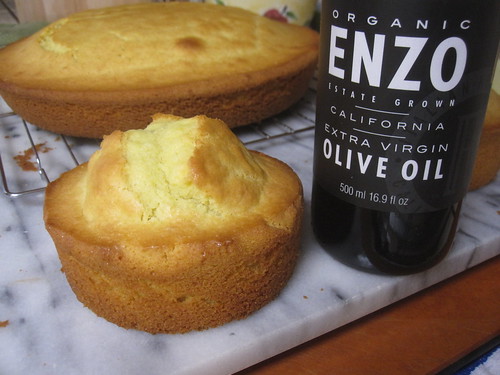
The only comment I heard was, “This cake is really yellow and rich. How much butter and egg did you use?” So I took that as, olive oil cake doesn’t have an olive or worse yet, greasy flavor. After explaining how much olive oil was put in the cake, my grandma and great-aunt took over the conversation, saying that when they grew up in Fresno (think 1920’s here), their parents used olive oil for all the baking. As long as the olive oil was of “good quality, it should taste good”. So don’t take my word for it, take Grandma and my Aunt’s word for it…they’ve been cooking longer than I have.
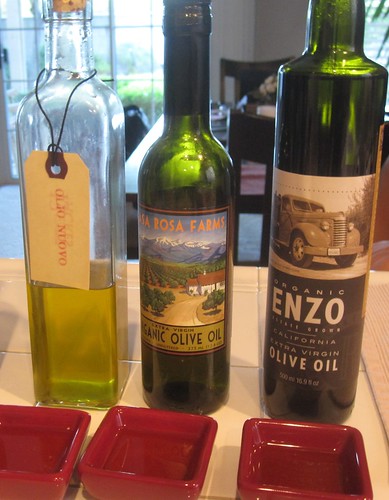
And finally in a simple taste test of local oils, Bari (not pictured), 13 Acres, Casa Rosa, and The Ricchiuti Enzo my impromptu panel commented that the Enzo had a broad range of flavor from initially smooth to a peppery finish. The 13 Vines was clearly the most buttery of the oils, while Casa Rosa by far the most peppery. Bari rated as a solid overall oil, not too strong, not too light; sort of Goldilocks in character.
Taking a product through its paces, like the Enzo from Ricchiuti, was a lot of fun. I am generally using between 3-5 olive oils at one time. I like the flavors, the differences, the seasonal changes. Regional Italian cuisine deserves, it demands, different styles of olive oil. The Central Valley of California just as Italy, has many different local and regional characteristics. From the pure “butter-like” flavor of 13 Acres to the more diverse range of flavors with the Enzo, the oil one uses should complement the dish.
I’m pleased to have the Ricchiuti Family Enzo olive oil in my kitchen at all times…I just need them to sell the old-school 3 liter tin!
